5G CPE, equipped with 3 Gigabit Ethernet ports, supports 5G/4G or wired broadband Internet access, and supports 4K TV playback without lag, providing an extraordinary experience.
Product Overview
5G CPE brings a new experience VR/AR/4K/8K, streaming freely and easily. Built with 802.11ax (Wi-Fi 6) technology, a single CPE has wider wireless coverage and more bandwidth. At the same time CPE brings higher security, better network efficiency and longer battery life. High transmission, wide coverage, low power consumption, and low latency.
1. 5G cellular
Built-in Qualcomm™ SDX62 modem for optimal 5G mobile network performance.
2. Wi-Fi 6
Revolutionary Wi-Fi technology with OFDMA and DL MU-MUMI, faster wireless lines, more client connections, lower latency, optimal network efficiency.
3. Higher wireless capacity
Gigabit port, high-speed interface, CPE output 1800Mbps wireless bandwidth (600+1200).
4. Hybrid MESH+ networking
CPE inherits mesh technology and supports mesh networking. It is convenient to cover all corners and dead zones by adding a MESH+ node. It improves the deployment of wireless networks and optimizes the seamless nature.
Features
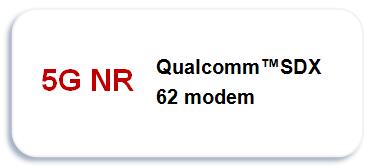 |
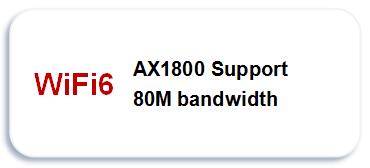 |
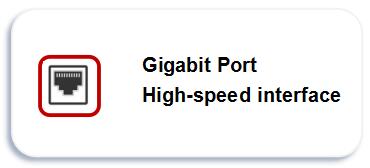 |
 |
Appearance
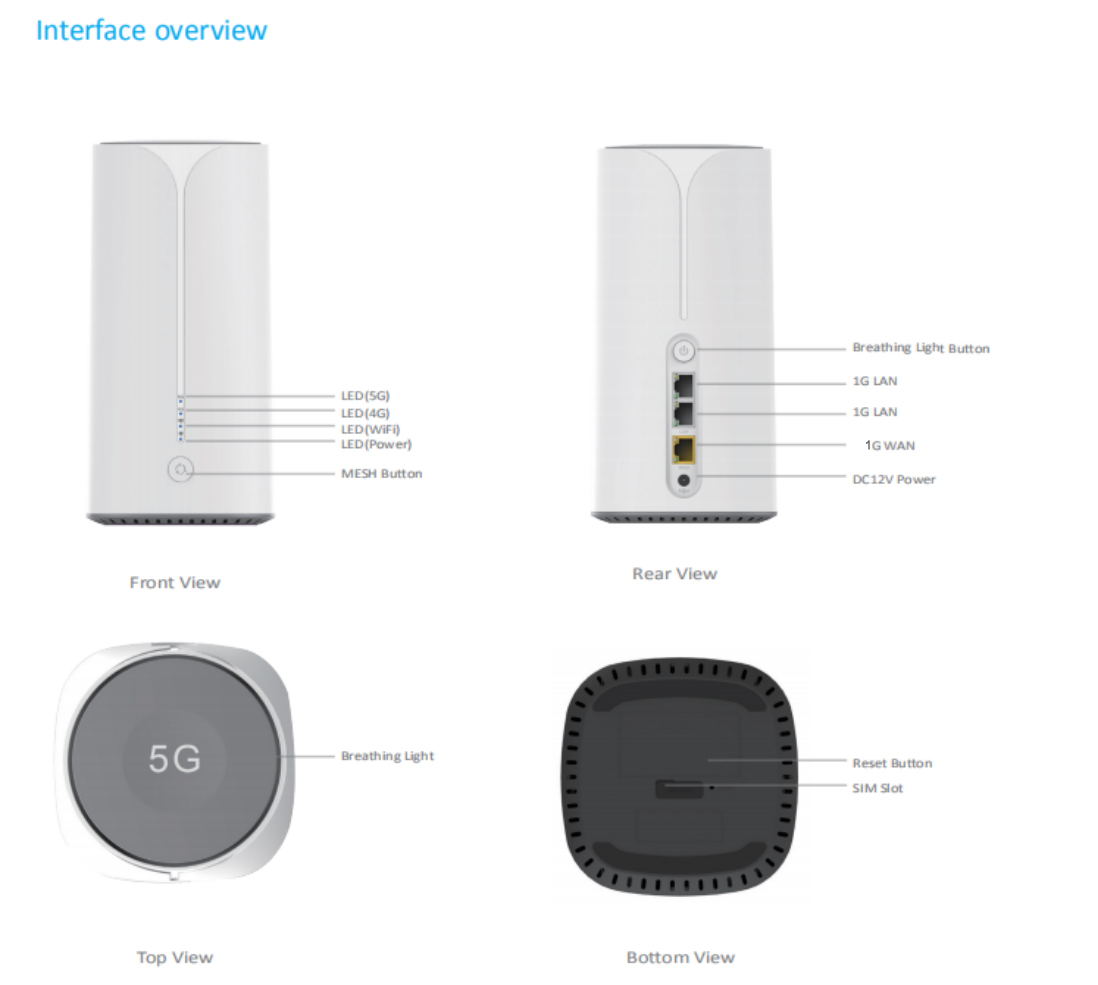
Application Scenarios
 |
 |
|
Mobile Office |
Meeting |
 |
 |
|
Shopping Center |
Game |
|
Model |
S2 |
|
CPU |
IPQ5018+SDX62 |
|
WiFi Frequency |
2.4G&5G |
|
WiFi Standard |
2.4G:802.11b/g/n /ax 2T2R MIMO, 5.8GHz:802.11a/n/ac/ax 2T2R MIMO |
|
WiFi |
2.4GHz :600Mbps ,5GHz :1200Mbps |
|
5G NR |
3GPP Release 16 NSA/SA operation, Sub-6 GHz |
|
5G Network Mode |
NSA/SA |
|
5G/4G Data Rate |
5G SA Transmission Speed:2.1Gbps/900Mbps (up to ISPs) 5G NSA Transmission Speed:2.5Gbps/650Mbps (up to ISPs) LTE : Down 1.0 Gbps;UP 200 Mbps |
|
5G Frequency Bands |
NA(North American version): 5G NR NSA n2/n3/n5/n7/n8/n12/n20/n25/n28/n38/n40/n41/n48*/n66/n71/n77/n78/n79 5G NR SA n2/n3/n5/n7/n8/n12/n20/n25/n28/n38/n40/n41/n48*/n66/n71/n77/n78/n79 MIMO Downlink:4 × 4 MIMO on n1/n2/n3/n7/n25/n38/n40/n41/n48/n66/n77/n78/n79 EU(European version): 5G NR NSA n1/n3/n5/n7/n8/n20/n28/n38/n40/n41/n75*/n76*/ n77/n78 5G NR SA n1/n3/n5/n7/n8/n20/n28/n38/n40/n41/n75/n76/ n77/n78 MIMO DL: 4 × 4 MIMO on n1/n3/n5/n7/n8/n20/n28/n38/n40/n41/n75*/n76*/n77/n78
|
|
4G&3G Frequency Bands |
NA(North American version): Downlink Cat 19/ Uplink Cat 18 LTE-FDD B1/ B2/B 3/ B4/ B5/B 7/ B8/B 12/B 13/B 14/ B17/ B18/B19/B20/ B25/ B26/ B28/ B29/ B30/ B66/ B71 LTE-TDD B34/B38/B39/B40/B41/B42/B43/B48 MIMO DL: 4 × 4 MIMO on B2/B4/B5/B12/B13/B14/B17/B25/B26/ B29/B30/B66/B41/B42/B43/B48/B71 WCDMA B1/B2/B4/B5/B6/B8/B19
EU(European version): Downlink Cat 19/ Uplink Cat 18 LTE-FDD B1/B3/B5/B7/B8/B20/B28 LTE-TDD B38/B40/B41/B42/B43 MIMO DL: 4 × 4 MIMO on B1/B3/B5/B7/B8/B20/B28/B32/B38/B40/B41/B42/B43 WCDMA B1/B5/B8 |
|
Modulation Mode |
1024-QAM / OFDMA |
|
Dimension |
108X108X216MM |
|
Interface |
2*10/100M/1000 LAN 1*10/100M/1000 WAN 1*RJ11 1*12V 2A DC Power Input 1 Reset Button 1 SIM card slot(4FF SIM card Support SIM/USIM/UIM, standard 6 PIN SIM card interface, support 3V SIM card and 1.8V SIM card: internal) 1 Breathing Light Button 1 MESH Networking Button |
|
Network Extension |
MESH |
|
Reset |
Reset(Long press 10 seconds to restore the factory settings) |
|
MESH |
Networking: short press (blue networking light flashes) |
|
LED Indicator |
Power, Breathing Light, 4G Signal, 5G Signal, WiFi Signal |
|
Power Consumption |
<24W |
|
Environment |
Operating Temperature:-20℃~+50℃ Storage Temperature:-40℃~+70℃ Humidity:5%~95%(Non condensation) |
|
Weight |
1.35KG(Includes color box accessories) |
Network Connection Diagram
1. Accessing the Internet through a Mobile Network (5G/LTE)

2. Accessing the Internet through an Ethernet Network
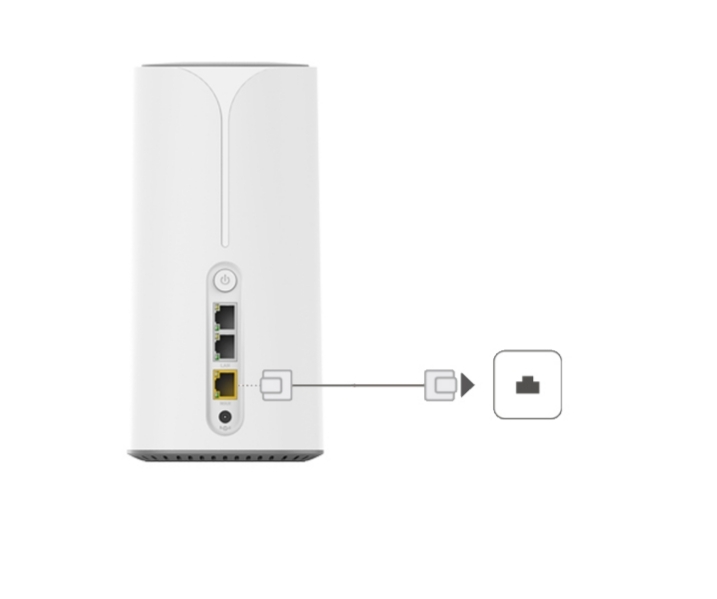
What’s in the
•One (1) 5G CPE Router (S2)
•One (1) 1m Cat6 Ethernet cable
•One (1) Power Adapter
•Quick Start Guide
*: under development / in progress.
Maximum wireless signal range derived from IEEE standard 802.11 specifications. Actual data throughput and data over distance will vary. Network conditions and environmental factors, including volume of network traffic, building material and construction, and network overhead, result in lower actual data throughput rate and wireless coverage.
 X
X